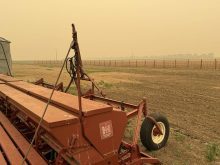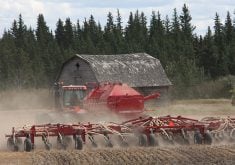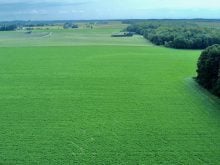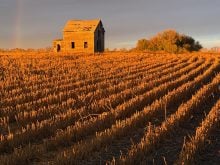It’s a dilemma for Mike Halyk.
The Melville, Sask., farmer has a nice-looking crop in the ground, one that could easily fill up his on-farm storage.
Unfortunately, there’s not much room in the bins.
“I’m getting a little antsy,” he said last week.
Halyk has about 75,000 bushels of storage available on his farm but only about 15,000 is empty. The rest is filled with last year’s stocks.
“I guess I have more grain on store than I should,” he said, including about 30,000 bu. of 60-62 pound feed wheat from 2004.
Read Also
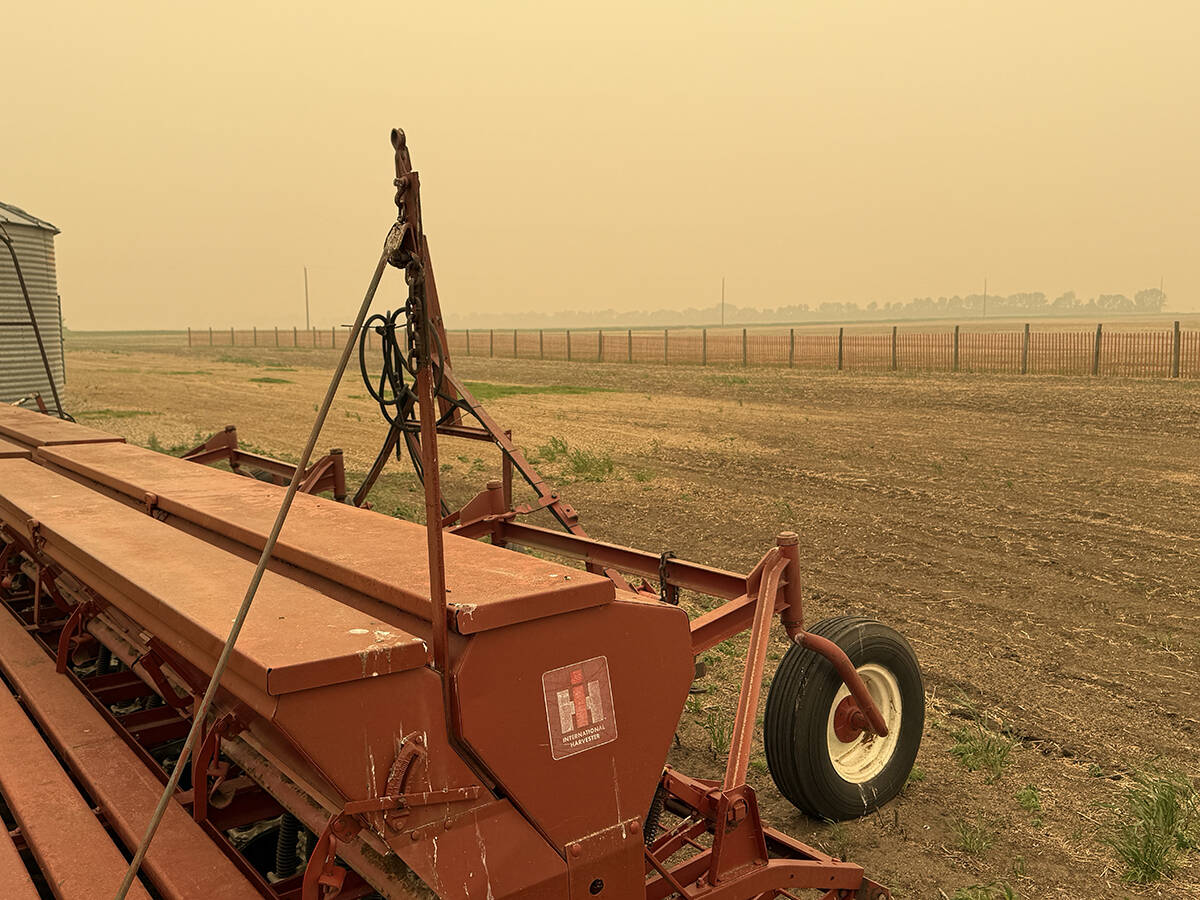
Wildfires have unexpected upside this year
One farmer feels smoke from nearby wildfires shrouded the July skies and protected his crop from the sun’s burning rays, resulting in more seeds per pod and more pods per plant.
Halyk is not alone.
Thousands of farmers across the Prairies, especially Saskatchewan, have hundreds of thousands of bushels of feed and low quality wheat left from last year and are figuring out how to dispose of it.
Blending is an option being much talked about, as is selling for feed or feeding to the home herd.
Larry Weber of Weber Commodities Ltd. in Saskatoon said a lot of farmers who think they’re going to make money by blending the old stuff with 2005 crop may be in for a surprise, given the poor quality of last year’s crop.
He has been told by farmers and suppliers that on-farm storage space could be a problem if the new crop comes off as good as it looks now in much of Saskatchewan and Alberta.
“I think we are going to see piles of grain this year on the ground like we’ve never seen before,” he said.
If that turns out to be the case, he hopes farmers will at least take the old crop out of the bins and replace it with the new.
Weber said farmers who held on to their old crop made a mistake and would have been better off selling it even at marginal prices throughout the year and be done with it.
That’s what Rick McIntyre of Churchbridge, Sask, did with his 8,000 bu. of 61-62 lb. feed wheat, selling some and feeding some to his own animals.
“A guy can only hold on for so long and then he needs some money,” he said.
McIntyre figures he got his cash costs back but not his operating and labour costs, adding that “the bills come due and you’ve got to pay them.”
Halyk took a different approach, deciding back in February to stick to his guns and not sell. He didn’t see the economic sense of selling at $1.75 or $2 a bushel.
“For every bushel we’d have sold, to then turn around and buy fertilizer or chemical, you were making a bad business decision,” he said. “Why sell at $1.75 to produce a crop at $2.50 cash costs?”
So he held on and is hoping to maybe make some sales of his better quality feed closer to $1.90, hopes fuelled by the opening of the U.S. border to Canadian cattle.


